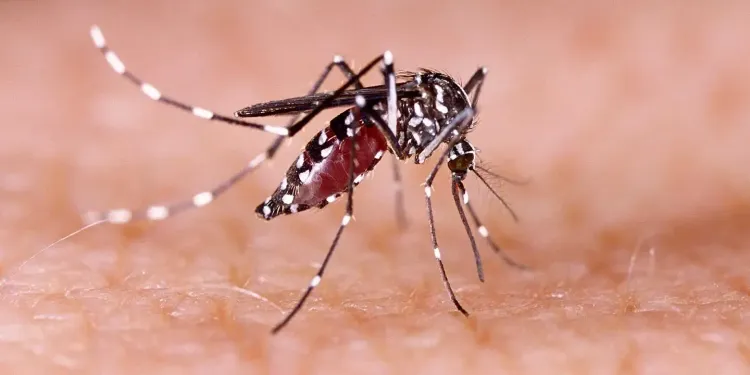What’s Behind the Surge? Bangladesh Reports 1,147 New Dengue Cases in 24 Hours

Synopsis
Key Takeaways
- 1,147 new dengue cases reported in a single day.
- Five deaths attributed to the outbreak.
- Over 72,000 cases recorded this year.
- Dengue is now spreading beyond its usual season.
- Effective case management can reduce fatality rates.
Dhaka, Nov 4 (NationPress) Bangladesh has reported 1,147 new dengue cases and five additional deaths within the last 24 hours, according to the Ministry of Health.
As per the latest statistics, 2,960 dengue cases have been logged in November alone, raising the total to 72,822 cases this year, with a cumulative death count of 288.
The spread of dengue fever, traditionally seen during the monsoon months, is now extending beyond the typical June to September timeframe, as reported by Xinhua news agency.
The World Health Organization (WHO) defines dengue as a viral infection that is transmitted to humans via the bite of infected mosquitoes, predominantly found in tropical and sub-tropical regions, especially in urban and semi-urban settings. The main carriers of the disease are Aedes aegypti mosquitoes, along with Aedes albopictus to a lesser degree.
While there is no definitive cure for dengue, early detection of cases, recognizing warning signs of severe dengue, and effective case management are crucial to maintaining a case fatality rate below 1 percent.
Dengue was first documented in Bangladesh (previously known as East Pakistan) during the 1960s, where it was referred to as 'Dacca fever'. Since 2010, dengue outbreaks have typically aligned with the rainy season from May to September and increased temperatures. The climatic conditions in Bangladesh are becoming more conducive to the spread of dengue and other vector-borne illnesses such as malaria and chikungunya, due to excessive rainfall, waterlogging, flooding, rising temperatures, and unusual seasonal shifts.
Dengue remains endemic in Bangladesh, with repeated outbreaks posing significant public health challenges. The dengue virus has the potential to incite epidemics characterized by high rates of morbidity and mortality.
All four serotypes of the dengue virus have been identified in Bangladesh, with a predominance of DENV 1 and DENV 2 until 2016. Following the substantial outbreak in 2019, DENV 3 became the dominant serotype, while this year has seen a resurgence of DENV 2.









